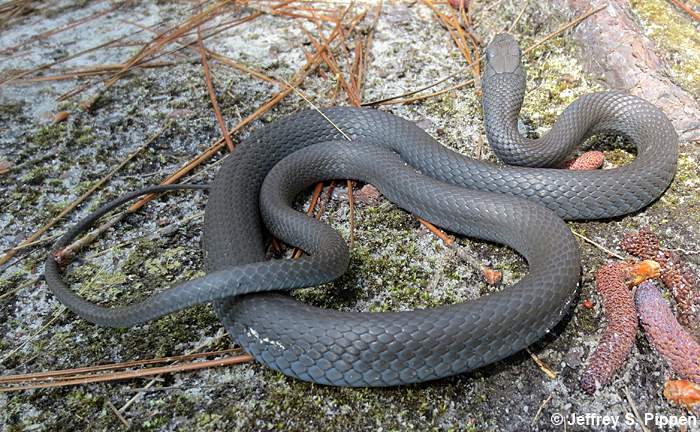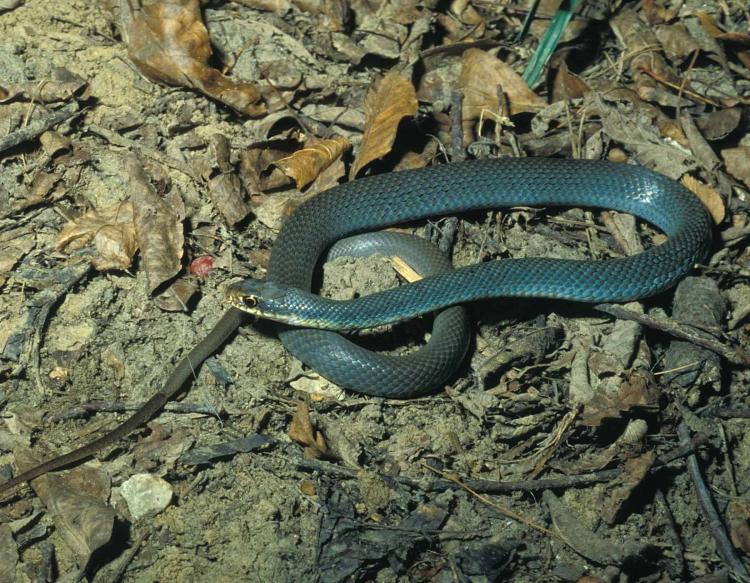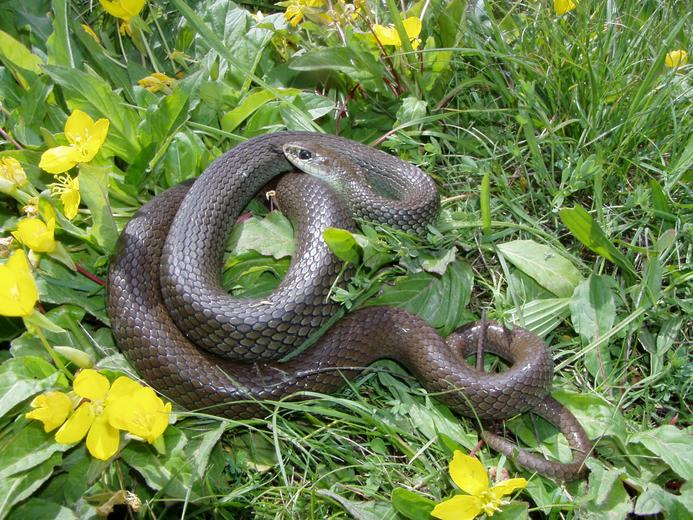
The racer's scientific name is a misnomer. When disturbed, this snake may buzz or vibrate its tail. The southern black racer is found in parts of eastern Oklahoma and also in the far southeastern corner of the state. The eastern yellow-bellied racer is found statewide except for extreme southeast Oklahoma. Racer eggs have a rough, granular texture.įound in most habitats at lower elevations.

Eggs hatch in 6 - 9 weeks and babies are about 8 - 12 inches (20 - 30 cm) long. Obvious external abnormalities are an opaque infected eye.
#Eastern racer skin
Small rodents, birds, lizards, snakes, frogs, and insects This is an eastern racer (Coluber constrictor) showing signs of fungal skin infection.The scales are smooth and the anal plate is divided. Conservation genetics of the eastern yellow-bellied racer (Coluber constrictor flaviventris) and bullsnake (Pituophis catenifer sayi): River valleys are. The belly is yellow or cream-colored and also has no markings.Īs the name suggests, adults are black with a light blue or cream-colored belly.Īll of our young racers have a blotched dorsal pattern that fades after a few years. I have observed all the racer subspecies found in Louisiana, but my Eastern Yellow-bellied Racers and lone Tan Racer I have found were from Texas.There are two racer subspecies in Oklahoma:Īdults can be plain brown to olive green in color with no markings. Louisiana Conservation Status: North American Racers do not have any special status in Louisiana.Īuthor's Remarks: I have commonly observed racers throughout Louisiana. Their NatureServe Global Conservation Status Rank is G5 (Secure). Global Conservation Status: North American Racers are listed as Least Concern by the IUCN Red List. Mating occurs from April to May and females deposit clutches of 8 to 29 eggs during June and July. During spring and fall, they are active at mid-day whereas during summer they can be active during the entire day. Intergrades of one or more of the subspecies can be found in boundary areas. Eastern racers are active from March through October, depending on the local weather conditions.

The Buttermilk Racer, Coluber constrictor anthicus, occurs in central and northern Louisiana. The Tan Racer, Coluber constrictor etheridgei, occurs within a few parishes in west-central Louisiana. The species is endemic to North America and Central. The Eastern Yellow-bellied Racer, Coluber constrictor flaviventris, occurs in southwest Louisiana west of the Atchafalaya Basin. The eastern racer (Coluber constrictor) is a species of nonvenomous snake in the family Colubridae. The Black-masked Racer, Coluber constrictor latrunculus, occurs south of Lake Pontchartrain and west of the Mississippi River to the Atchafalaya Basin. The Southern Black Racer, Coluber constrictor priapus, occurs within the Florida Parishes. Subspecies: There are 5 subspecies of North American Racers within Louisiana. Racers are active during the day, when they hunt down and. A descriptive explanation of the range of each species can be found in the text below. Racers are black or blue-black with a pale belly and measure 3 to 5 feet long.


This is provided as a guide to where you might be able to find these species in the state and to aid in identification. The racer is a highly active and fast-moving snake. that doesn’t have a population of racers. The species contains eleven subspecies that can be found throughout the United States as well as in Hawaii.
#Eastern racer full
By no means does it represent the full range of the species in the state, nor does it necessarily mean that a species can be found throughout the parish with the record. Eastern racers arent the only snake species in which the juvenile has a different, more camouflaged appearance than the adult (black rat snakes are another. Coluber constrictor, commonly called the eastern racer is a nonvenomous snake species. *The colored areas of the map above represent parishes with currently known records for the given species (Source: Jeff Boundy, LA Dept.


 0 kommentar(er)
0 kommentar(er)
